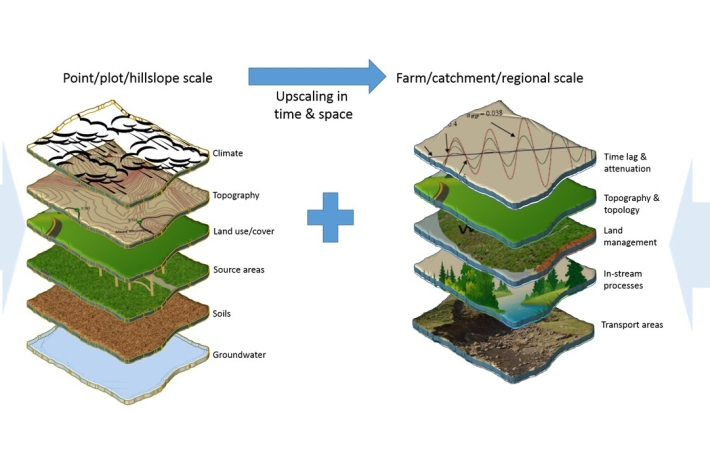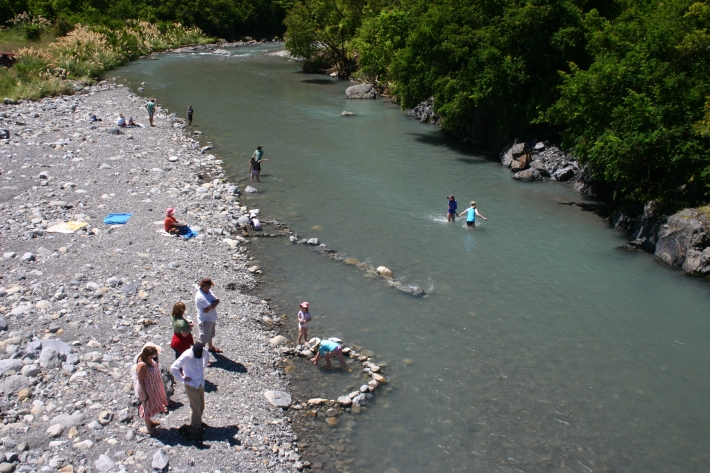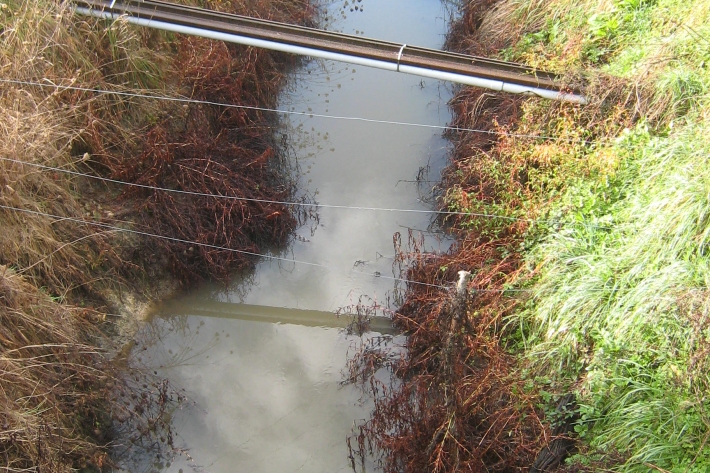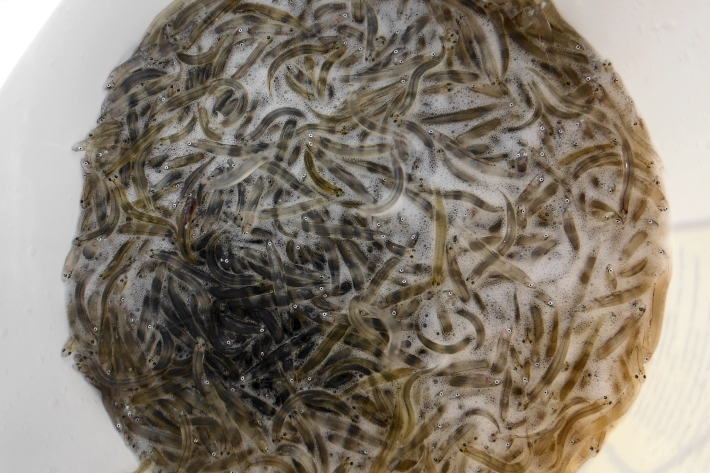20 November 2017
Freshwater Update 75 brings you the latest information from our Freshwater & Estuaries Centre, with a focus on NIWA’s role in two of the National Science Challenges, a position paper on improved monitoring and reporting on ‘swimmability’ of freshwaters and release of the draft national standard for discrete water quality, seagrass rehabilitation and new science on inanga.
In this issue

Our land and water and NIWA's role
Our Land and Water is the science challenge that addresses conflicts and tradeoffs between the needs for agricultural productivity and environmental health and protection. NIWA plays a big role in Our Land and Water, particularly in biophysical science and tool development.
Biological Heritage and NIWA’s role
NIWA is a key contributor to the National Science Challenge on Biological Heritage hosted by Landcare Research. The challenge is to “Reverse the decline of New Zealand’s biological heritage, through a national partnership to deliver a step change in research innovation, globally leading technologies and community and sector action” and covers both terrestrial and freshwater environments.
Helping councils voice a position on improving monitoring and reporting of ‘swimmability’ in New Zealand
New Zealand’s rivers, lakes and coastal waters are highly valued for swimming and other contact recreation activities. To satisfy both public health and state of the environment objectives, monitoring and reporting of the suitability of these waters for recreation must be meaningful and robust.
Draft national standards for discrete water quality released
The long awaited National Environmental Monitoring Standard (NEMS) for Discrete Water Quality was released in draft form for public comment in October.
Protecting and restoring seagrass – what have we achieved and where to next?
The extent of NZ’s seagrass meadows has declined substantially in the last 50 years. This has been most evident in estuaries strongly affected by human activities. But seagrass meadows can be restored and NZ has a local example to prove it.
New science on inanga
The inward migrations of inanga (Galaxias maculatus) post-larvae back to freshwaters occur primarily in late winter and spring time where they are targeted as part of the whitebait fishery. In this study, we shed light on the relationships between growth attained in pelagic and freshwater environments.
